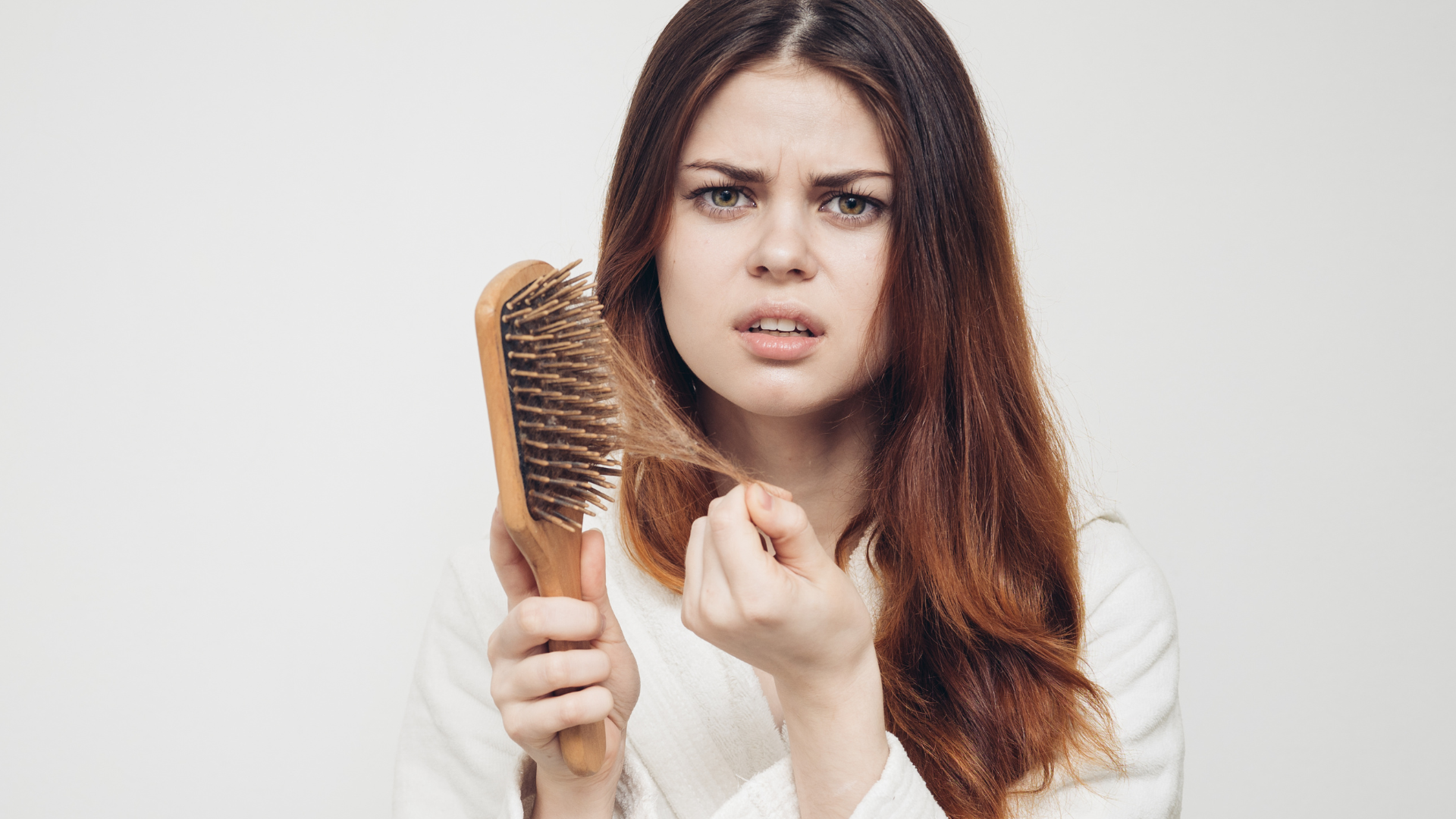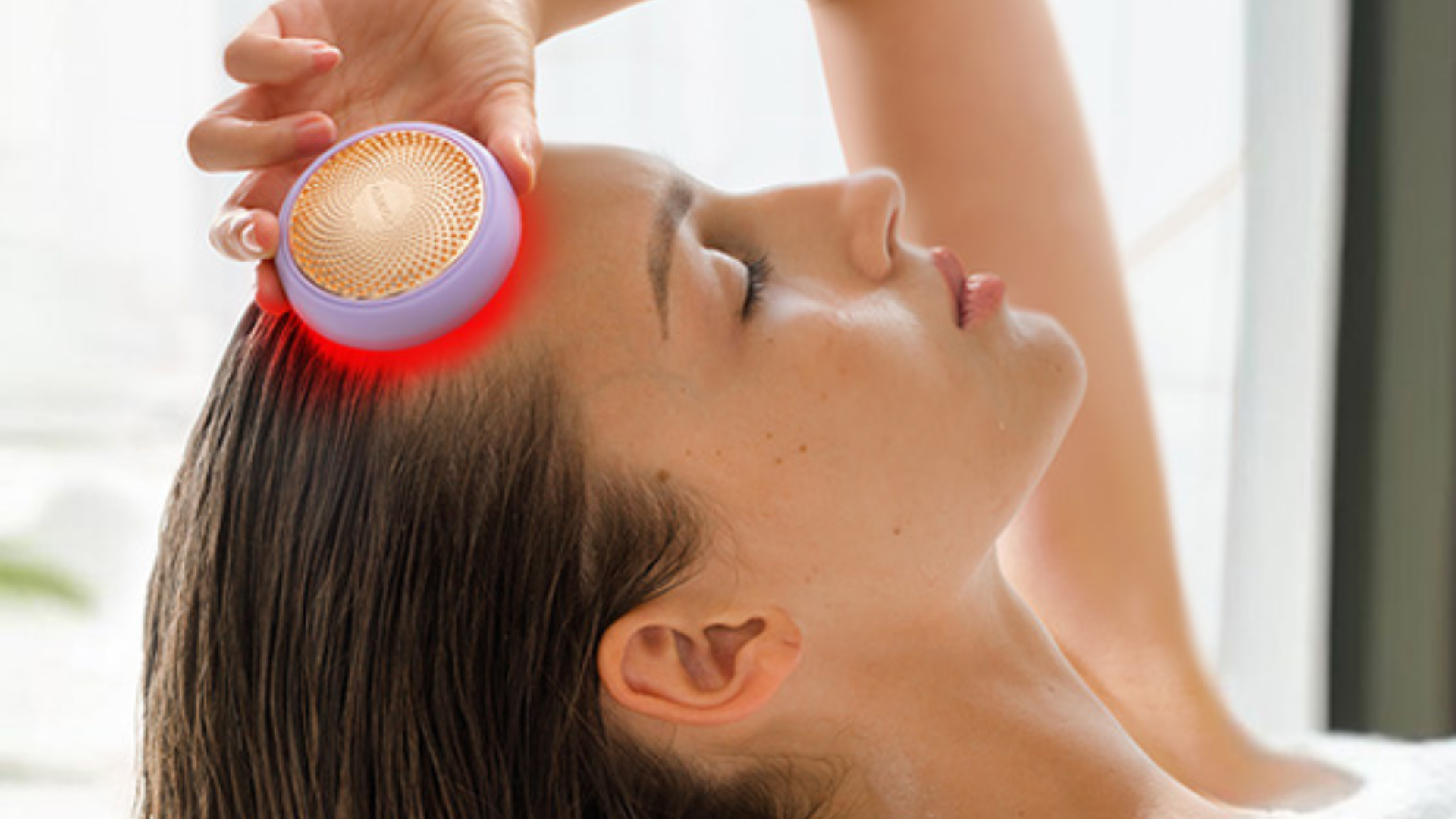What Does “FDA Cleared” Actually Mean for LED Hair Growth Devices?
You’ll see the phrase “FDA cleared” on many LED hair growth tools—but what does that really mean?
In this article, we explain the difference between being cleared and approved by the FDA, and why most LED devices (including at-home options) fall into the “cleared” category. You’ll learn what safety standards they meet, what kind of evidence is required, and what companies can legally claim about their results.

FDA “Clearance” vs “Approval”: Two Very Different Standards
The FDA uses two main pathways to regulate medical devices:
-
Approval is the stricter route, typically reserved for high-risk devices (like implantables or life-support tools). It requires robust clinical trials that prove both safety and effectiveness.
-
Clearance, on the other hand, applies to low- or moderate-risk devices. A device can be cleared if it is shown to be “substantially equivalent” to a previously cleared device already on the market. That means it doesn’t necessarily need to prove new clinical benefits—just that it works in a similar way to something already deemed safe.
Most LED hair growth devices fall under this clearance category.
What Do Cleared LED Devices Need to Show?
To obtain clearance, manufacturers of red light or laser hair growth tools must provide:
-
Evidence the device is safe for home use, usually through electrical safety testing and risk assessments.
-
Documentation showing the device emits the same wavelength (often 630–680 nm) and energy output as existing cleared products.
-
Basic performance data (e.g. thermal output, optical power) to confirm it won’t overheat or harm the skin.
Clinical efficacy data—like actual hair counts or visual regrowth—is not strictly required, although many companies include it to strengthen their case.
What Can Brands Claim Once Cleared?
Here’s what companies can and can’t legally say once a device is FDA cleared:
Can say:
-
“FDA cleared to treat androgenetic alopecia”
-
“Helps promote hair growth in men/women with pattern hair loss”
-
“Safe for at-home use with regular treatment”
Cannot say:
-
“Clinically proven to regrow hair” (unless supported by independent studies)
-
“FDA approved” — that’s a separate, more rigorous designation
-
“Cures hair loss” — because clearance doesn’t imply a cure, only that it may support regrowth in specific cases
Should You Trust Cleared Devices?
Clearance means the FDA has reviewed safety documentation and found the device comparable to existing products. It’s not a guarantee of dramatic results—but it does mean the device is of a certain standard is unlikely to harm you when used correctly.
That said, not all cleared devices are created equal.
Factors like:
-
Number of diodes
-
Coverage area
-
Treatment time
…can dramatically influence results. Always read the fine print and compare technical specs—not just marketing claims.
The Takeaway
An “FDA cleared” label tells you a device is legally marketed and considered safe for use—but it doesn’t mean it’s been proven to deliver exceptional regrowth. Think of it as a safety check, not a performance badge. When shopping for LED tools, clearance is a baseline requirement—but it’s up to you (and your trichologist) to assess whether a specific device is right for your hair loss type, lifestyle, and expectations.



